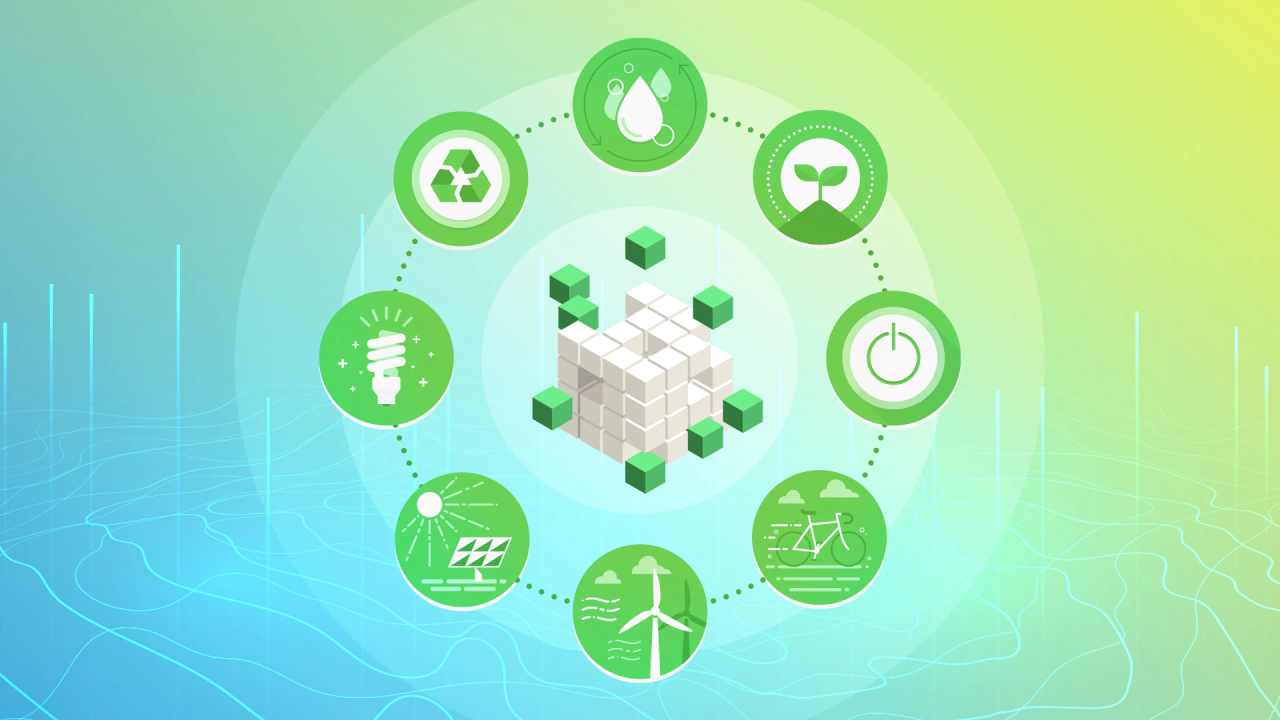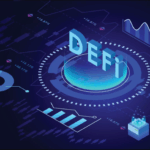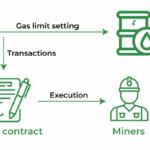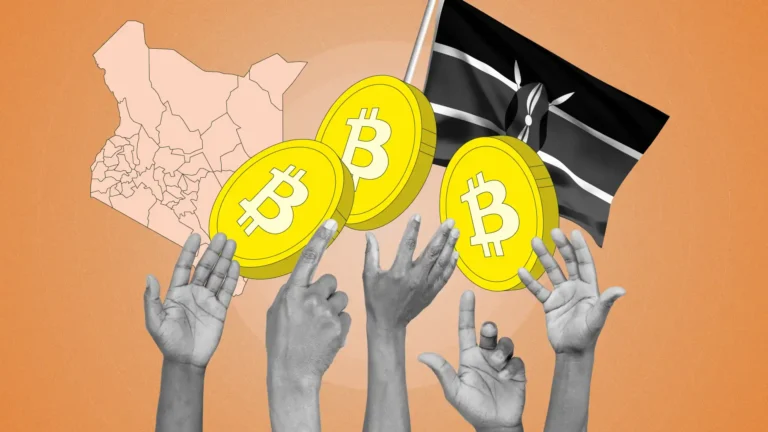In an age when energy consumption and sustainability dominate global conversations, blockchain technology is emerging as an unlikely hero. Known primarily for powering cryptocurrencies, blockchain’s potential in the energy sector is now turning heads — offering decentralized, transparent, and efficient ways to reshape how we produce, distribute, and consume power. But how can a digital …
Blockchain for Energy and Sustainability: Decentralized Solutions

In an age when energy consumption and sustainability dominate global conversations, blockchain technology is emerging as an unlikely hero. Known primarily for powering cryptocurrencies, blockchain’s potential in the energy sector is now turning heads — offering decentralized, transparent, and efficient ways to reshape how we produce, distribute, and consume power. But how can a digital ledger possibly help save the planet? The answer lies in blockchain’s ability to democratize energy systems and bring trust to an industry ripe for disruption.
Powering the Grid with Decentralization
Traditional energy grids operate on a centralized model — power generated at a few massive plants is distributed across long distances to millions of consumers. This system, while effective for decades, is plagued by inefficiencies, high transmission losses, and unequal access. Enter blockchain: a technology built on decentralization.
With blockchain, individuals and businesses can directly trade surplus renewable energy — such as solar or wind — without relying on intermediaries. A homeowner with rooftop solar panels could sell excess energy to a neighbor through a blockchain-based energy marketplace. Every transaction is recorded securely on the ledger, eliminating disputes and ensuring transparent billing.
Projects like Power Ledger (Australia), WePower (Europe), and Sun Exchange (South Africa) are pioneering this transformation. By connecting renewable producers and consumers directly, they are creating “microgrids” where energy trading becomes local, efficient, and community-driven.
Smart Contracts: Automating Energy Exchange
At the core of this shift are smart contracts — self-executing agreements coded on blockchain that automatically enforce terms when specific conditions are met. In energy markets, this means payments can be instantly triggered once energy is delivered, removing delays and reducing administrative costs.
For instance, when a consumer buys 10 kWh of solar energy through a decentralized app, a smart contract automatically transfers the agreed payment once the energy flow is verified by a sensor or smart meter. This automation reduces the need for manual oversight and ensures a transparent, trustless system.
Furthermore, blockchain can enable dynamic pricing, where energy costs adjust in real-time based on supply and demand. This flexibility encourages energy efficiency — users are incentivized to consume power when it’s abundant and cheap, balancing the load on the grid.
Tracking Renewable Energy with Transparency
One of the biggest challenges in sustainability is verifying the source of energy. Many corporations and governments pledge to use renewable power, but tracking its origin remains complex. Blockchain provides a transparent, immutable record of energy production and consumption, making “greenwashing” far more difficult.
Each kilowatt-hour generated from a renewable source can be assigned a digital certificate of origin on the blockchain. These certificates prove that the energy was genuinely renewable and can be traded like tokens. This concept, known as Energy Attribute Certificates (EACs) or Renewable Energy Certificates (RECs), helps organizations prove their environmental commitments while simplifying audits and reporting.
For instance, IBM and Energy Web Foundation are collaborating on blockchain-based renewable tracking systems that make sustainability data verifiable and interoperable across borders. Such tools could become essential in achieving global net-zero targets.
Empowering Developing Regions
Blockchain’s decentralized nature is particularly promising for developing regions — especially in Africa, where millions still lack reliable access to electricity. Building large-scale infrastructure is often costly and time-consuming, but microgrid systems powered by blockchain could change that.
Imagine a small village in Kenya where local entrepreneurs set up solar panels and use blockchain to manage energy distribution. Residents can buy affordable electricity using mobile tokens, and all transactions are logged transparently. This model has already been tested successfully by startups like SolarCoin and EnergiToken, which reward renewable energy producers and energy-efficient consumers with crypto-based incentives.
Such systems reduce reliance on centralized utilities and foster community ownership, paving the way for energy independence and sustainable development.
Enhancing Grid Security and Efficiency
Energy systems are critical infrastructure — making them prime targets for cyberattacks. Traditional centralized control systems have single points of failure, but blockchain offers a distributed and tamper-resistant architecture.
Because data on a blockchain is stored across multiple nodes, it’s nearly impossible for hackers to alter information without gaining control of the entire network. This makes blockchain ideal for energy data management, where millions of IoT devices constantly exchange sensitive information.
Furthermore, blockchain can improve grid balancing by providing real-time visibility into energy flows. When combined with AI and IoT, blockchain can enable self-regulating smart grids that automatically reroute power, reduce waste, and respond dynamically to outages.
Challenges on the Road to Adoption
Despite its potential, blockchain integration in energy systems isn’t without hurdles. High transaction costs, limited scalability, and regulatory uncertainty remain significant barriers.
Many blockchains, especially older models, consume large amounts of energy themselves — a paradox for a technology aiming to promote sustainability. However, newer networks using Proof of Stake (PoS) or Proof of Authority (PoA) are far more energy-efficient, making real-world applications increasingly viable.
Governments and energy regulators will also need to adapt policies to accommodate decentralized trading and cross-border energy flows. Without clear legal frameworks, many blockchain energy projects struggle to scale beyond pilot stages.
The Future: A Decentralized Green Revolution
The convergence of blockchain, renewable energy, and digital finance could define the next era of sustainable innovation. As renewable generation becomes cheaper and blockchain technology matures, we are moving toward a world where energy is not just clean — but also democratized.
Imagine millions of homes, vehicles, and devices forming a vast decentralized grid, all transacting seamlessly through blockchain. Every watt generated, stored, and consumed could be tracked transparently, ensuring accountability at every step.
This isn’t a distant dream — it’s a revolution already underway. From solar-powered crypto mining operations to carbon credit marketplaces, blockchain is proving that technology and sustainability don’t have to be at odds.
Conclusion
Blockchain technology is more than a financial innovation — it’s a blueprint for a sustainable future. By decentralizing energy systems, enhancing transparency, and empowering local communities, blockchain is helping to rewrite the rules of global energy management.
As nations race toward clean energy goals and carbon neutrality, blockchain could be the invisible infrastructure that ties it all together — securing trust, enabling collaboration, and driving the green economy of tomorrow.








